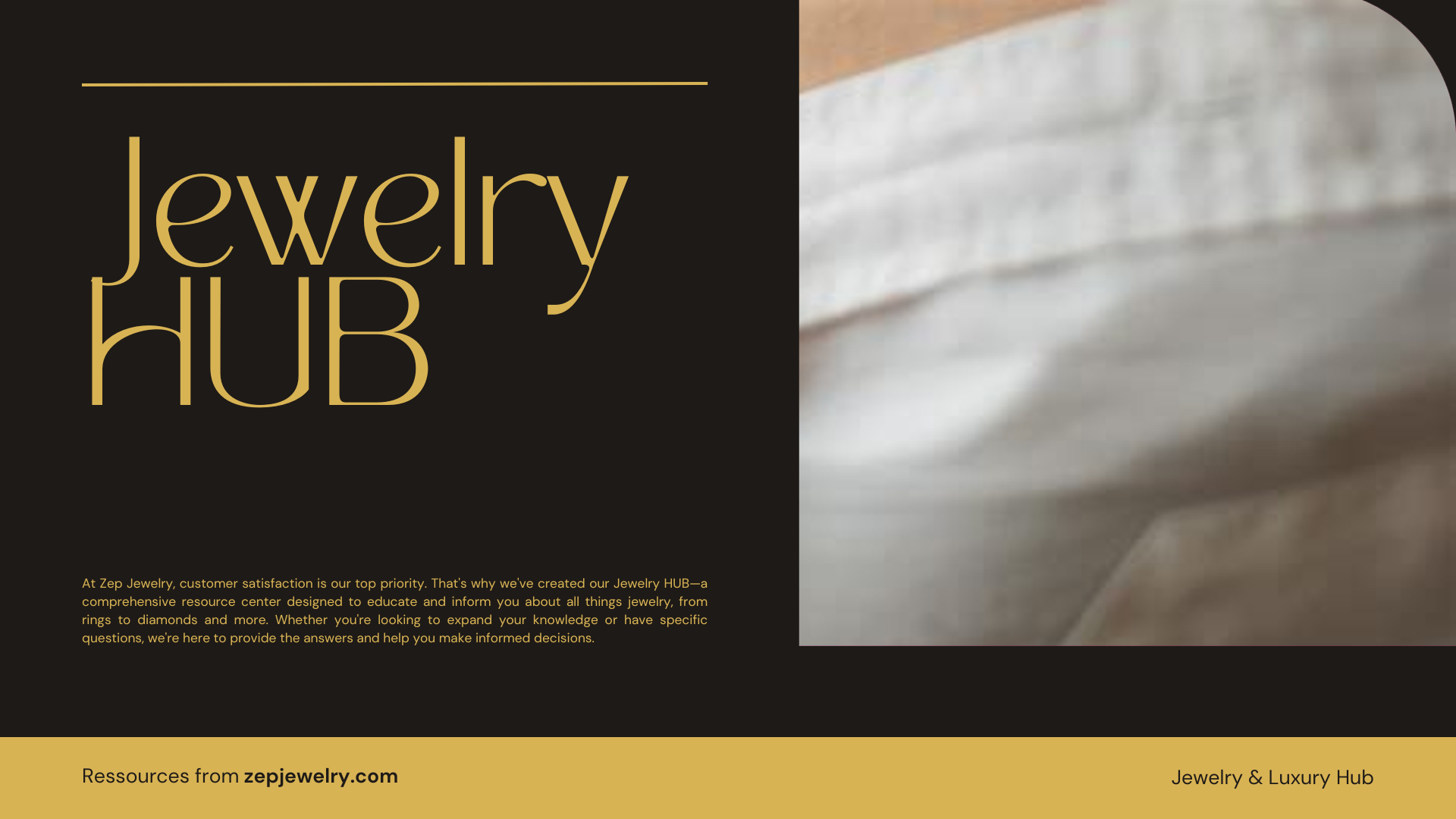Have you ever wondered how that precious ring of yours gets back its sparkle after just a few minutes in a cleaning solution? Imagine tiny, invisible bubbles performing an exquisite ballet around your jewelry, dancing in and out of every nook and cranny. This is the magic of ultrasonic jewelry cleaners, where high-frequency sound waves create a cleaning frenzy through a process called cavitation. As these tiny bubbles implode, they unleash a micro-scrubbing action that banishes dirt and grime, leaving your favorite accessories gleaming like new. Let’s dive into the fascinating world of this modern cleaning marvel!
How does ultrasonic jewelry cleaner actually work?
Ultrasonic jewelry cleaners operate by employing high-frequency sound waves to induce pressure waves within a specially formulated cleaning solution. This ingenious process, known as cavitation, leads to the formation of minuscule bubbles that cling to the surface of the jewelry as it’s submerged in the solution. When these bubbles implosively collapse, they generate a powerful micro-scrubbing action, which effectively dislodges and removes dirt, grime, and grease from the most intricate crevices and hidden areas of the jewelry.
This cleaning technique is exceptionally thorough, targeting areas that conventional cleaning approaches often overlook. Traditional methods, like scrubbing with brushes or using chemical cleaners, can struggle to penetrate the tiny gaps and recesses where dirt accumulates over time. Consequently, ultrasonic cleaners provide a level of cleaning that ensures your precious items not only look sparkling clean but also maintain their beauty by preventing the buildup of harmful contaminants.
Additionally, it’s worth noting that while ultrasonic cleaners are remarkably effective for many types of jewelry, caution is essential. Certain delicate items, particularly those containing soft gemstones like emeralds or pearls, should avoid ultrasonic cleaning due to the risk of damage from the intense pressure waves. On the other hand, more durable materials, such as gold and platinum, can benefit significantly from this method, making ultrasonic cleaners a popular choice among professional jewelers for maintaining the brilliance and luster of their creations.
Why can’t all types of jewelry be cleaned with ultrasonic cleaners?
While ultrasonic cleaners are highly effective, not all jewelry can withstand the process. Delicate items, particularly those with porous stones, such as emeralds and opals, are at risk of damage. The pressure waves created during cleaning can enter small imperfections in these stones, potentially causing them to fracture. Jewelers often recommend avoiding ultrasonic cleaners for such sensitive materials to preserve their integrity.
What are the limitations of ultrasonic cleaners when it comes to tarnish removal?
Ultrasonic cleaners excel in removing dirt and grime, but they do not effectively eliminate tarnish. Tarnish is a chemical compound that requires different removal techniques, such as mechanical polishing, reactive chemicals like silver dip, or electrical processes like ionic cleaning. Consequently, while ultrasonic cleaners are remarkable for refreshing the appearance of jewelry, they cannot address underlying issues like tarnish buildup.
How does a steam cleaner compare to ultrasonic cleaners for jewelry cleaning?
Steam cleaners and ultrasonic cleaners serve different purposes in jewelry maintenance. Steam cleaners use high-pressure steam jets to blast away accumulated oil, grease, and dirt, making them effective for quick cleaning. However, they may not remove tarnish and can sometimes merely push contaminants to the back of the jewelry piece. In contrast, ultrasonic cleaners provide a more thorough purification, infiltrating intricate details beyond the surface while also helping dislodge debris trapped in small nooks.
Are there any risks associated with using chemical dip cleaners for jewelry?
Chemical dip cleaners can effectively remove tarnish but come with significant risks, especially when it comes into contact with natural stones. These cleaners are typically acidic and can erode the surfaces of delicate jewelry over time. Additionally, improper use can lead to toxic residues left on the jewelry, which is hazardous if inhaled or absorbed. Careful application is crucial, as chemical dip cleaners can cause long-term damage if mishandled.
What is the role of a polishing cloth in jewelry maintenance?
A polishing cloth contains fine abrasive compounds designed to remove tarnish and surface scratches. While it can effectively brighten dull jewelry, it does so at the expense of a minuscule amount of precious metal with each use. Over time, this can alter the jewelry’s design, rounding off intricate details. Hence, while polishing cloths offer a quick fix, they should be used sparingly to maintain both the shine and structural integrity of the piece.
How should jewelry cleaning be approached for different types of materials?
The approach to jewelry cleaning should be tailored to the material and its specific characteristics. For instance, gold and sterling silver can often be cleaned safely at home using mild soap and water. In contrast, materials like platinum and fragile gemstones, such as pearls and opals, are better left to professionals. This ensures that cleaning methods match the resilience of the material, helping to avoid scratches or damage that could compromise the beauty and value of the jewelry.
